
March 2016
- HEAD PROTECTION: How to Select a Hard Hat to Fit Everyone's Comfort Zone
- HEARING PROTECTION: Is 85/3 In the Cards?
- HEARING PROTECTION: Take the Pledge to Protect Your Hearing Health
- IH/HAZMAT: Controlling the Situation: Actionable Steps to Help Mitigate Hazmat Incidents
- HEAT STRESS/SUMMER HAZARDS: Improving Indoor Environments with HVLS Fans
- LOCKOUT/TAGOUT: A LOTO Tools Tutorial
- LOCKOUT/TAGOUT: The Role of Alternative Procedures in a Successful Lockout Program
- PROTECTIVE APPAREL: The Science of Laboratory Safety
- PROTECTIVE APPAREL: Inherent vs Treated: The Building Blocks of Flame-Resistant Fabrics
- FIRE SAFETY: Are You Fire Ready?
- FIRE SAFETY: Fire Drills: Evaluating Employee Exit Strategies
- TRANSPORTATION SAFETY: Improve Driver Safety with GLS Fleet Tracking
Cover Story
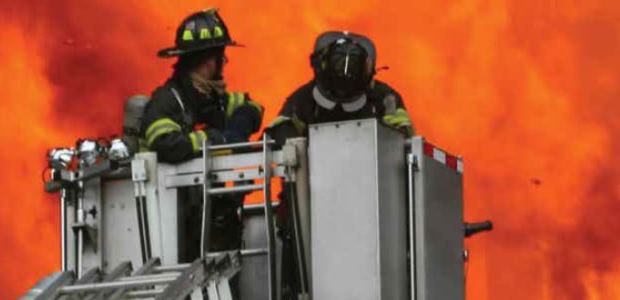
By Chris Koester
A major issue with conducting pre-announced fire drills is that employees know the drills are not a real emergency alert and therefore, have no sense of urgency.
Features
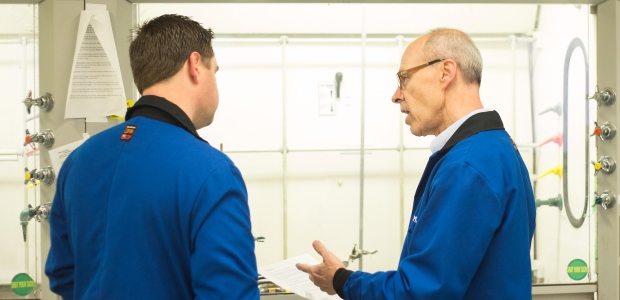
By Mark Saner
A recent surge in FR lab coat usage has led to an increase in FR options for lab workers.
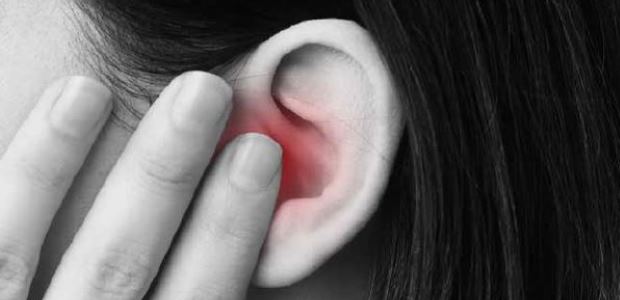
By Joseph J. Werbicki
An overwhelming body of documented evidence suggests that the current PEL should be lowered to 85 dBA and the exchange rate be lowered to 3 dB.
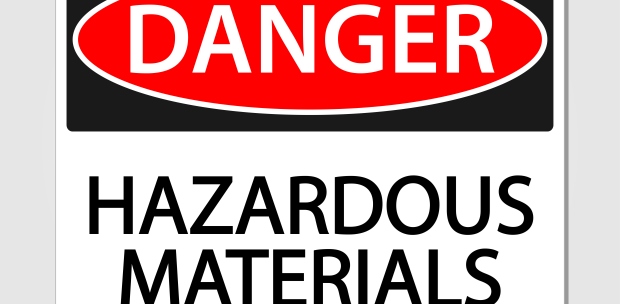
By Glenn D. Trout
Accidents happen, but taking proactive steps ahead of an accident ensures your facility is prepared and reduces the chances of a larger incident from occurring.
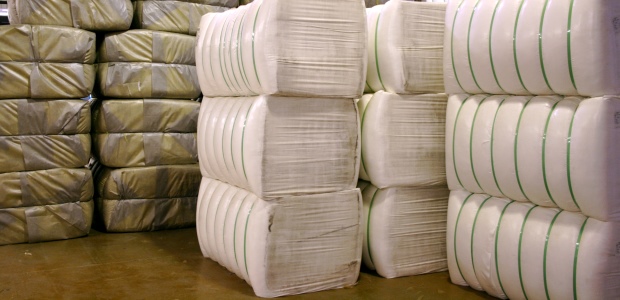
By Dominique Adams
Whether purchased by individuals, supplied by the company, or leased through a laundry service, FR clothing arrives for wear.
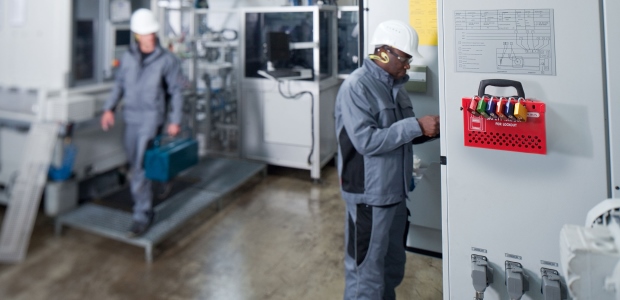
By Eric Prinzing
A centralized lockout station prevents confusion and clutter. Maximizing space, in addition to streamlining operations, also helps to make a facility safer.

By Jessica Stoddard Zyk
Knowing which drivers commit unsafe behaviors the most or least allows a manager to reward and reinforce safe driving habits, provide additional training on safe driving, and coach drivers to safer driving habits.
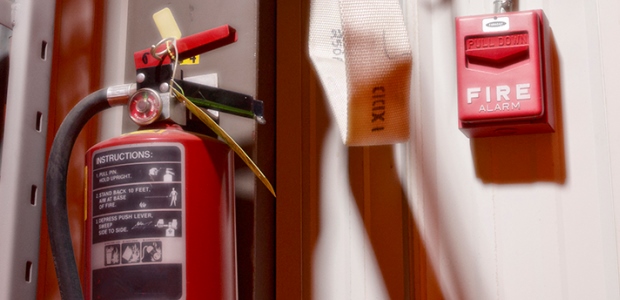
By Robert A. Ernst
If you expect your workers to use firefighting equipment, you should give them appropriate equipment and train them annually to use the equipment safely.
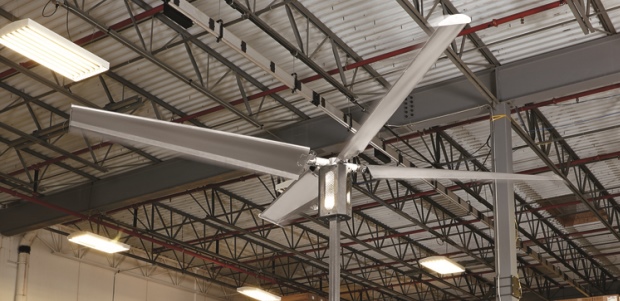
By Dan Anderson
The use of HVLS fans has gained increased attention as a practical, affordable solution to improving air movement, reducing heat stress, and creating overall better environmental control.
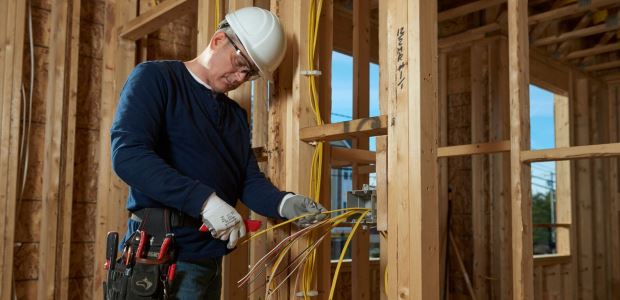
By Katie Twist-Rowlinson
Recent research and design innovations coupled with advances in materials are paving the way for a new era of head protection.
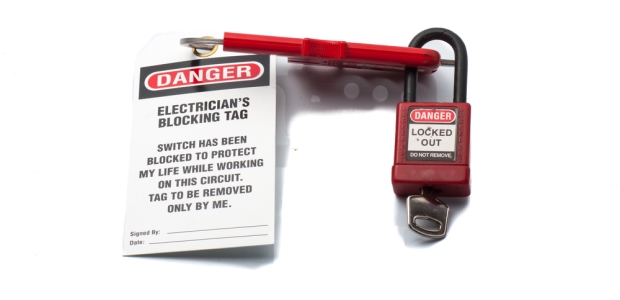
By Todd Grover
Before any alternative methodology is selected, a hazard assessment should be performed for each task.
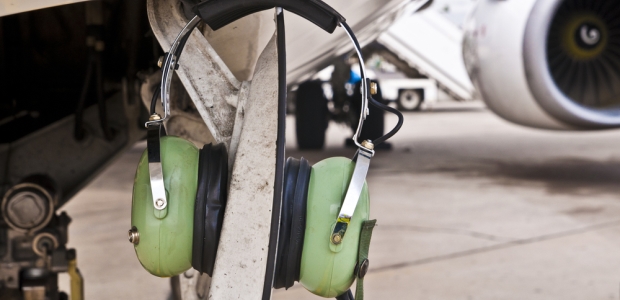
By Theresa Y. Schulz
Even as hearing protection has improved in basic terms, such as weight, comfort, fit, and protection, we are seeing the introduction of more and more features.
Departments
By Robert Pater
Leaders have to first embrace reality, then help others do the same.
By Jerry Laws
NHTSA Administrator Dr. Mark Rosekind and U.S. Transportation Secretary Anthony Foxx announced a proposed $4 billion federal investment to accelerate the development of safe vehicle automation.
By Shawn M. Galloway
I'm willing to pay more for service that delights me and continues to exceed my expectations. A simple search in your favorite browser will show a plethora of research that demonstrates I'm not alone in that regard.